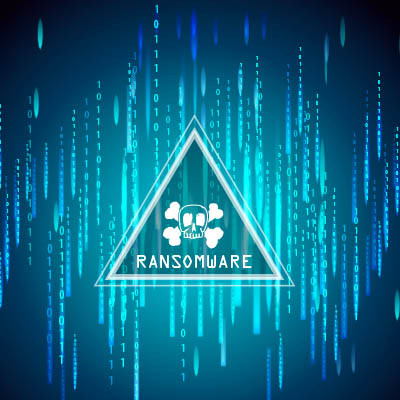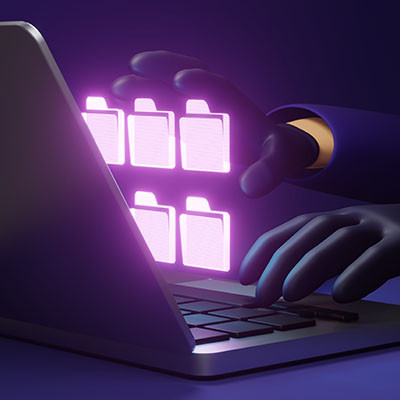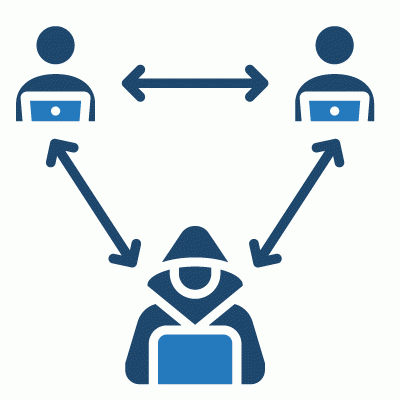Getting hit by a ransomware attack is never what you could describe as a positive experience. In fact, it is a nightmare scenario for anyone. The immediate panic, the locked files, the looming demand for payment—it’s a chaotic and stressful experience. While most people understand the basic premise of ransomware, there’s a lot more to these sophisticated attacks than meets the eye.
There are some lesser-known facts that can significantly impact how you respond and, crucially, how you recover. Let's get into it.


















